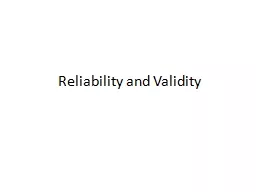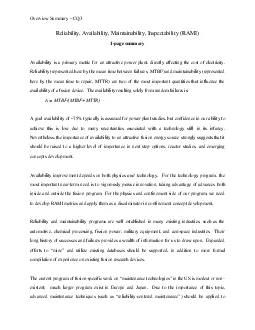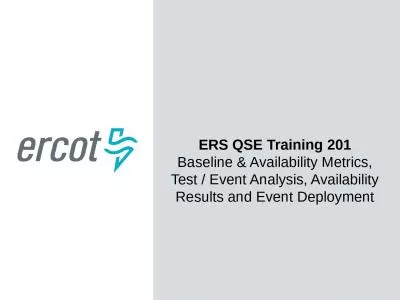PPT-Availability Metrics and Reliability/Availability Engineering
Author : yoshiko-marsland | Published Date : 2018-09-21
Kan Ch 13 Steve Chenoweth RHIT Left Heres an availability problem that drives a lot of us crazy the app is supposed to show a picture of the person you are interacting
Presentation Embed Code
Download Presentation
Download Presentation The PPT/PDF document "Availability Metrics and Reliability/Ava..." is the property of its rightful owner. Permission is granted to download and print the materials on this website for personal, non-commercial use only, and to display it on your personal computer provided you do not modify the materials and that you retain all copyright notices contained in the materials. By downloading content from our website, you accept the terms of this agreement.
Availability Metrics and Reliability/Availability Engineering: Transcript
Download Rules Of Document
"Availability Metrics and Reliability/Availability Engineering"The content belongs to its owner. You may download and print it for personal use, without modification, and keep all copyright notices. By downloading, you agree to these terms.
Related Documents














